Horrified by the slaughter of the First World War, the Dadaists espoused irrationality to ridicule the logic that had led to war. But Dada’s influence has stretched far past 1918.
One hundred years ago, in a small nightclub on Spiegelgasse in Zurich, a revolution in art began. A group of writers and artists of different stripes gathered to host the first Cabaret Voltaire—the starting pistol for the movement that became known as Dada. Founded by Hugo Ball and his partner Emmy Hennings, the cabaret’s other artists and performers were Marcel Janco, Richard Huelsenbeck, Tristan Tzara, Sophie Taeuber-Arp and Jean (Hans) Arp. The evenings were born out of the artists’ reaction as the horrors of the First World War became increasingly apparent. “Revolted by the butchery of the 1914 World War, we in Zurich devoted ourselves to the arts,” Arp later recalled. “While the guns rumbled in the distance, we sang, painted, made collages and wrote poems with all our might.”

Ball wrote the explosive Dada manifesto and delivered it at the Cabaret Voltaire in July 1916. Amid a repetitive, percussive sound poetry that veered close to nonsense, he alluded to Dada’s broader concerns: its disgust not just at the war but at the society—and particularly the complacent bourgeoisie— that allowed it to happen, and the art that society feted.
Dada called for a new art to replace the old—a view that gained great sympathy among the world’s avant-gardes. Dada was soon thriving in Paris, New York, Berlin and elsewhere, drawing in artists who are now among the key figures of 20th-century art, from Marcel Duchamp and Francis Picabia to Kurt Schwitters and Man Ray. The movement soon dissolved into Surrealism, but its ideas proved hugely influential, especially since Dada was resurrected after the Second World War by artists such as Jasper Johns, John Cage and Richard Hamilton.
Some of Dada’s members feared its message had been corrupted in the process. Hans Richter complained to Duchamp that his challenging readymades were admired by the Neo- Dadaists “for their aesthetic beauty”. And Dada objects, once rejected for their brutality, now regularly sell for millions of dollars and are among the most prized possessions of establishment museums. A century on, is the spirit of Dada still alive? What is its enduring legacy? Here, leading art-world figures explain what the movement means to them.
Dada exhibition, around the world
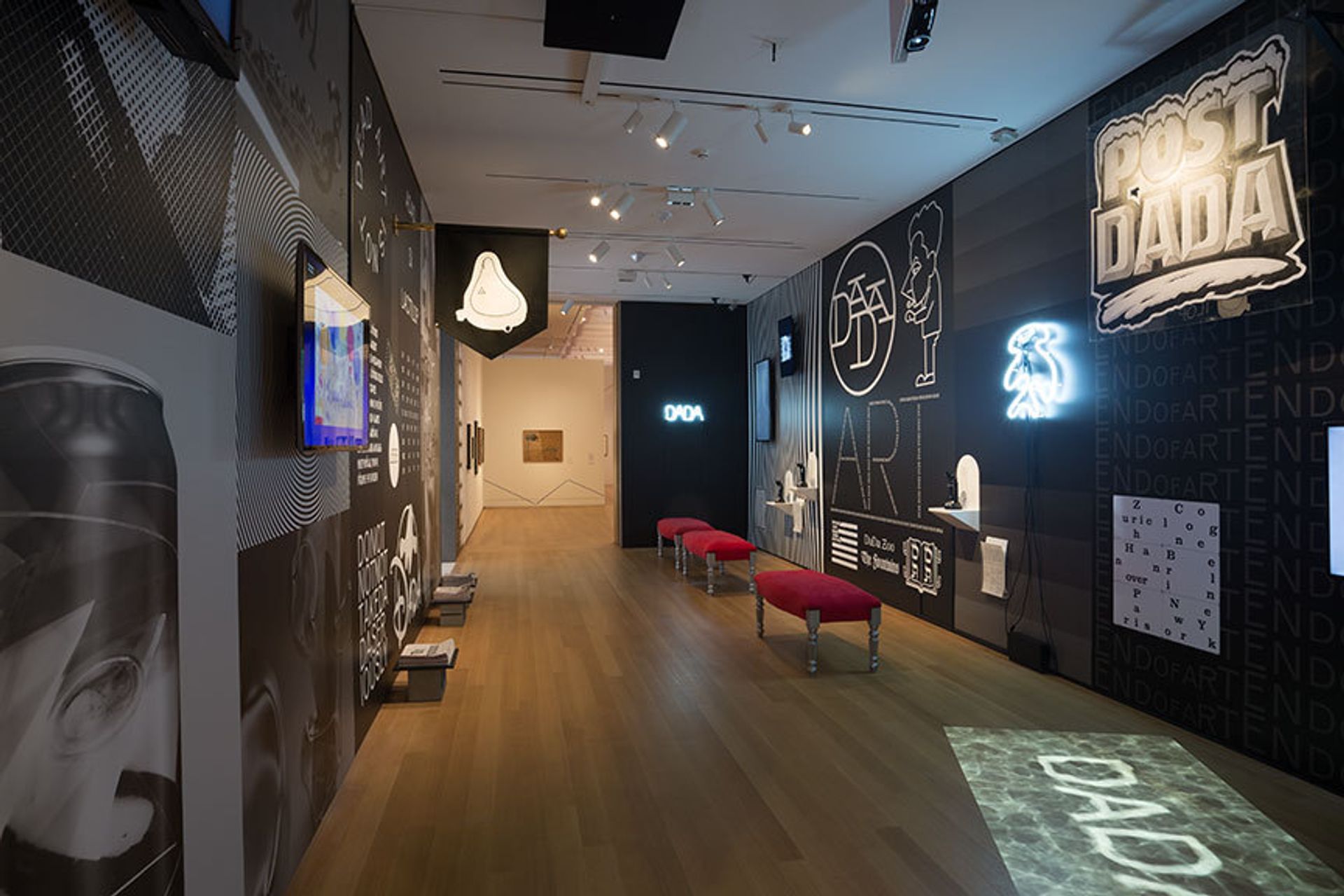

Cornelia Parker ARTIST
“Dada put control back into the artists’ hands”
Marcel Duchamp is close to my heart, as are Hans Arp and Man Ray. I enjoy their wit and Dada showed you can explore the dark stuff through humour. The court fool always spoke the truth and by being nonsensical you break down established language. For me, Duchamp creating his readymades and signing urinals was about shaking off entrenched attitudes and launching into a brave new world—even one wracked with war. He is such an important catalyst in the history of the 20th-century culture. The whole point of being an artist is to be free and there are so many constraints, so many people weighing in on what art is and can be. I think the Dadaist movement put the control of art back into the artists’ hands. Dada was trying to debunk the establishment; art had become about taste and this was a war against it. What Duchamp did was make you look at the commonplace afresh and the fact that we think that the readymades are aesthetic objects now is because we’ve made that leap, we’ve looked at things we thought were purely functional, and now appreciate their potential for other meanings. He sharpened up our aesthetic, and we are now able to look at the ordinary, everyday world with new eyes.
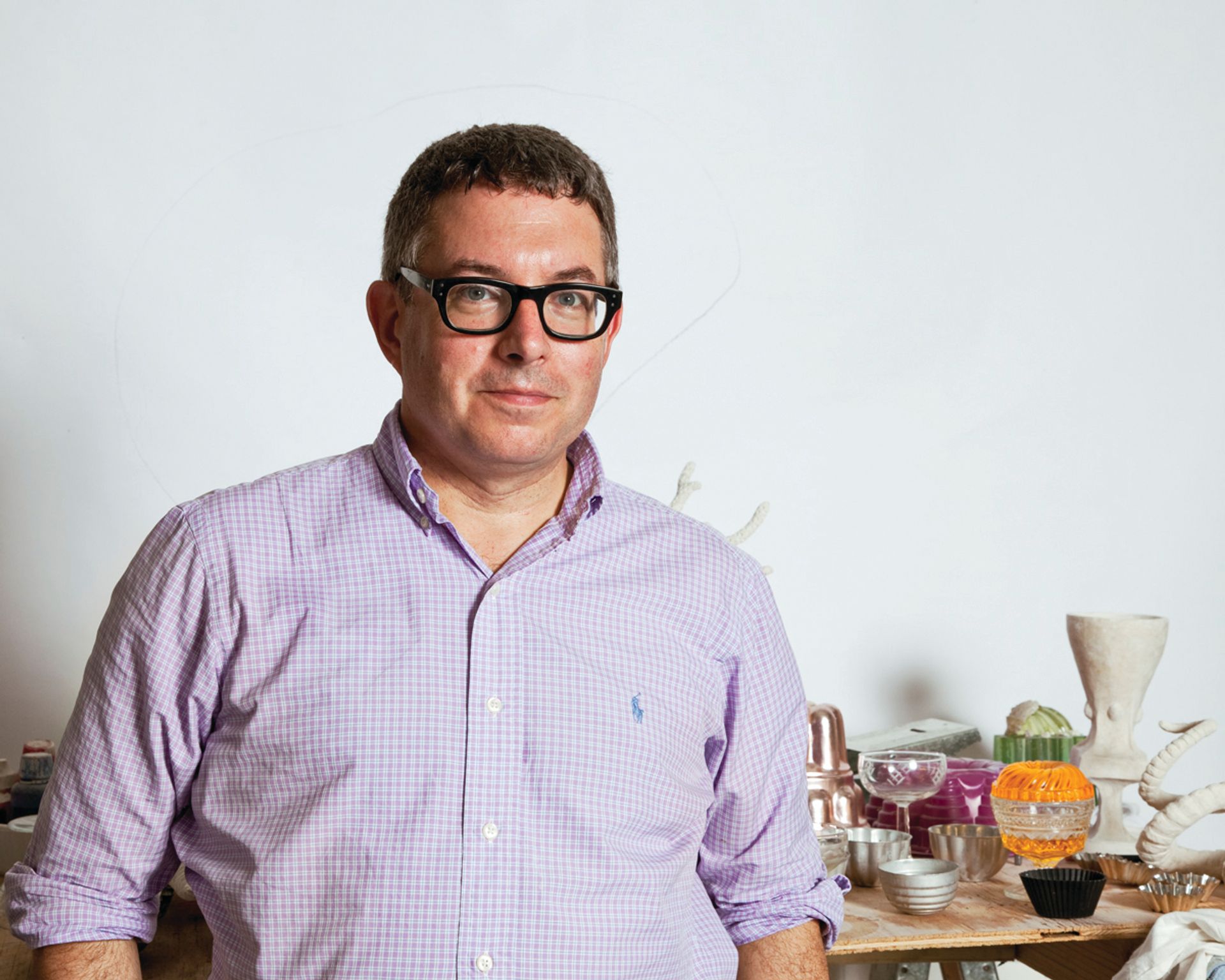
Mark Dion ARTIST
“Dada was an open revolution against the hidden values behind art history”
Dada and punk are similar in that they represent a high-water mark of what it means to have a certain kind of integrity, to really be against the system rather than just claim you are. I’m interested in that line where Surrealism begins and Dada ends. We like to frame an easily drawn determination between the two, but these things tend to blend. Dada understood the power of the absurd to undermine a rationality going back to the Enlightenment; the Surrealists approached the irrational world—the unconscious or mysticism or the uncanny—in relation to other cultures in museums, in a way that had a scientific aspect. That idea of using logical methods for irrational conclusions is my take-away from Dada and Surrealism. The history of Modernism has a clear Oedipal logic: each generation tries to take down the generation before. And in Dada, with Picabia’s representation of the figure of Cézanne as a stuffed monkey, that relationship is made concrete: art is not a respectful looking back and assessing of art history, but an open revolution against the hidden values behind that history, which is an identification with the ruling class. Now, we’re in a crisis because subversion is what we’ve come to expect from art. Whether that’s legitimate subversion or just posing, today’s art world feels very far from the world of Dada or punk.

Anne Umland CURATOR, MUSEUM OF MODERN ART, NEW YORK
“There were many Dada strategies beyond the readymade”
So often when people talk about Dada, they begin with Duchamp. There is a tendency to equate or define the word Dada in Duchampian terms. I hope that the big Dada shows in 2005 and 2006 that were organised by the National Gallery of Art and the Centre Pompidou and that came to the Museum of Modern Art made a compelling argument that there are many Dadas besides Duchamp. When it comes to the legacy or the spirit of Dada today, it is the readymade, yes, but it’s bigger and beyond that. It includes artists who embrace abstraction or chance procedures or collage and photomontage, or performance and sound poetry and media pranks. Another thing about Dada’s legacy is that they were the first global media network. The idea of breaking boundaries, whether artistic or geographic or political, is so important, relevant and trenchant in the 21st century. And its corollary is that the Dadaists embraced the technologies of their moment, just as so many artists today are looking to the internet or someone like Wade Guyton is looking to photocopying machines. The Dadaglobe Reconstructed exhibition brings to life at long last Tristan Tzara’s unrealised magnum opus, a great anthology of Dada’s international activities, and it makes a compelling argument that replication or reproducibility can be a core artistic practice. That idea of art in the age of mechanical reproduction is one that Dada was the first to think through. To me, that is a legacy as significant and as far reaching as the readymade.
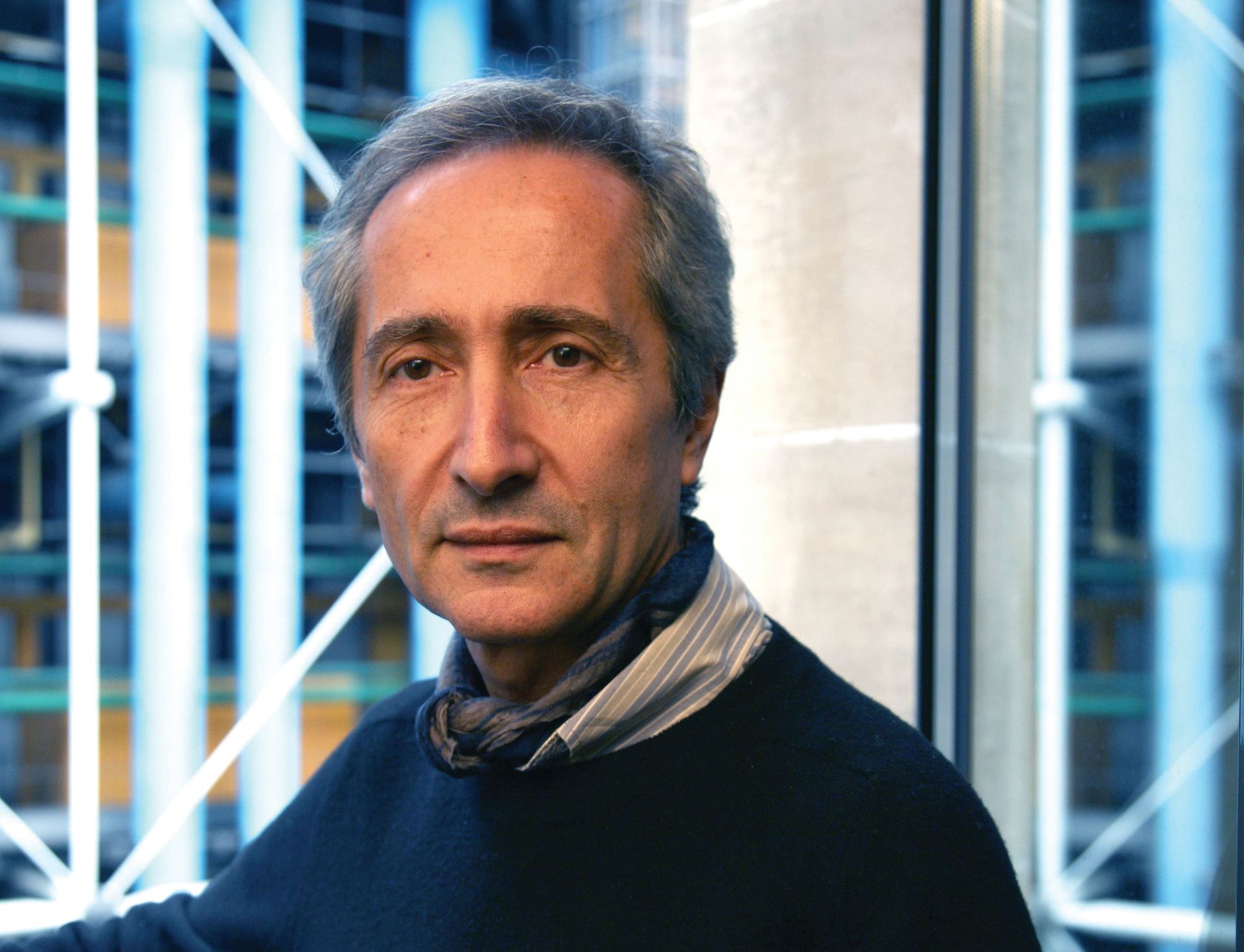
Bernard Blistène DIRECTOR, MUSÉE NATIONAL D’ART MODERNE, CENTRE POMPIDOU, PARIS
“Dada fought the absurdity of the world”
For me, Dada is in your mind—you live with Dada. I do feel like some kind of Dadaist myself, as the great Pontus Hultén [the first director of the Centre Pompidou] tried to be. I feel I have to keep the spirit of Dada in my mind to lead such a huge institution as the Musée National d’Art Moderne because Dada is about revolt, how you refuse things, and when you are involved in art in general you need not only to re-use but definitely to refuse. I belong to a generation that feels that art has to be against, it doesn’t have to be for things. Dada is not at all about destruction. It emerged during the war and was fighting against the absurdity of the world. If you look at what is happening today, it is more and more appropriate to keep in mind what Dada tried to trigger. The readymade is not an object, it is maybe a tool—in French you say “un accélérateur de la pensée”. A long time I ago I did a show called Poésure et Peintrie [at the Centre de la Vieille Charité in Marseille, 1993]. My wish was to explain that the roots of Modernism cannot be divorced from the spirit of poetry and Dada is about poetry, because at its roots are poets—Tzara, Huelsenbeck, Ball. If you believe in poetry you find a freedom in Dada that is definitely missing in contemporary art, where everything is seen through the true reality of life.
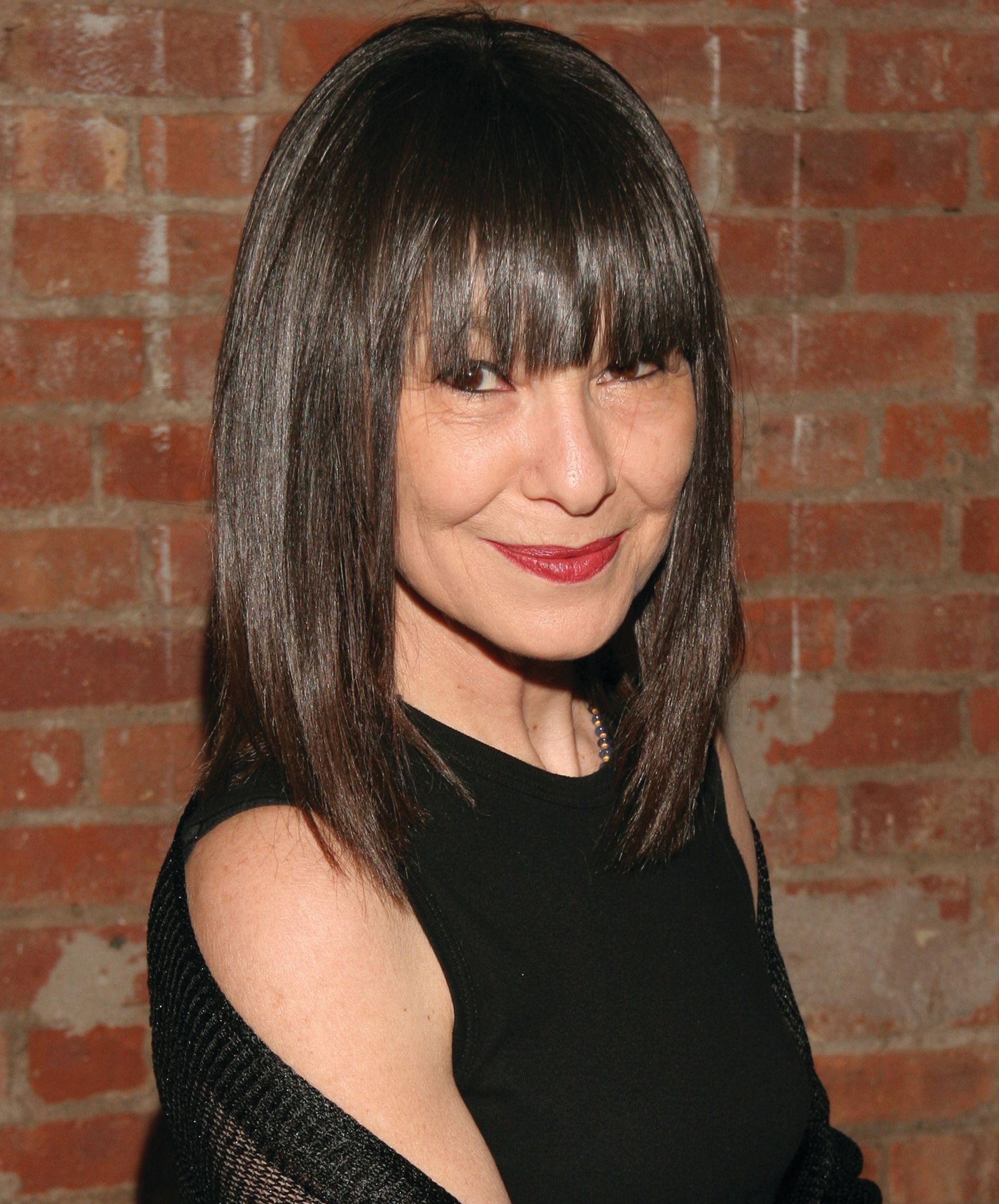
RoseLee Goldberg DIRECTOR, PERFORMA
“Dada, along with Futurism, was the Big Bang”
History is a compilation of radical ideas—we don’t recall the everyday, the ordinary—and those ideas remain radical forever, to be probed and reinvestigated anew from current perspectives. Dada has long been misunderstood. Because it was driven by an insistence on activism, art events and performances—ephemeral material that traditional art historians have pretty much left out of the history of art—its real impact is greatly underestimated. Now that performance art is finally under a spotlight and fully embraced by museums and academia, Dada is being rediscovered and understood as the Big Bang, along with Futurism, that it was. Multimedia was always left out of 20th-century art history books: it should include Russian Constructivist performances, The Cabinet of Dr Caligari [the 1920 film by Robert Wiene], the movies and photographs of Hans Richter, and Man Ray and René Clair, the performances of Picabia. Artists moved from one discipline to the other with ease, transitioned between disciplines over and over and back and forth. And yet 20th-century art has been presented as the painting department and the sculpture department. It’s time for a much larger understanding that there are many media at play, and have been for a very long time. It’s not new; it’s just that it was never seen and understood.

Philippe Parreno ARTIST
“Dada is ectoplasmic, it is everywhere and nowhere”
All the avant-gardes, in a way, failed. It is the ontology of these forms to fail in order to be reinvented, as if, in a way, Modernism is all about ideas that are never a given and have to be renewed. In the history of Dada and Cabaret Voltaire, it has come back many times and takes a different shape, and then we forget it and reinvent it. And now, it’s 100 years, so we have to take it back again. But then you take it back through the filter of what it became when it was reinvented by the Situationists and these proto-forms that it took. One quality re-created every time is the idea of the game, of play. There was a line, not by the Dadaists, that the only true revolution is in the pleasure of play. And when I say play, it’s also humour that’s central to Dada. When I worked on Dancing around the Bride: Cage, Cunningham, Johns, Rauschenberg and Duchamp in Philadelphia in 2012, the conversations between those guys had that same humour. When Duchamp signed Rauschenberg’s Bottle Rack, the readymade was lost, but Rauschenberg found one of the same kind and asked Duchamp to sign it. Instead of the forgotten inscription, Duchamp wrote on the readymade: “Impossible for me to recall the original phrase.” It was all about games. For me, Dada is ectoplasmic, it’s everywhere and nowhere.
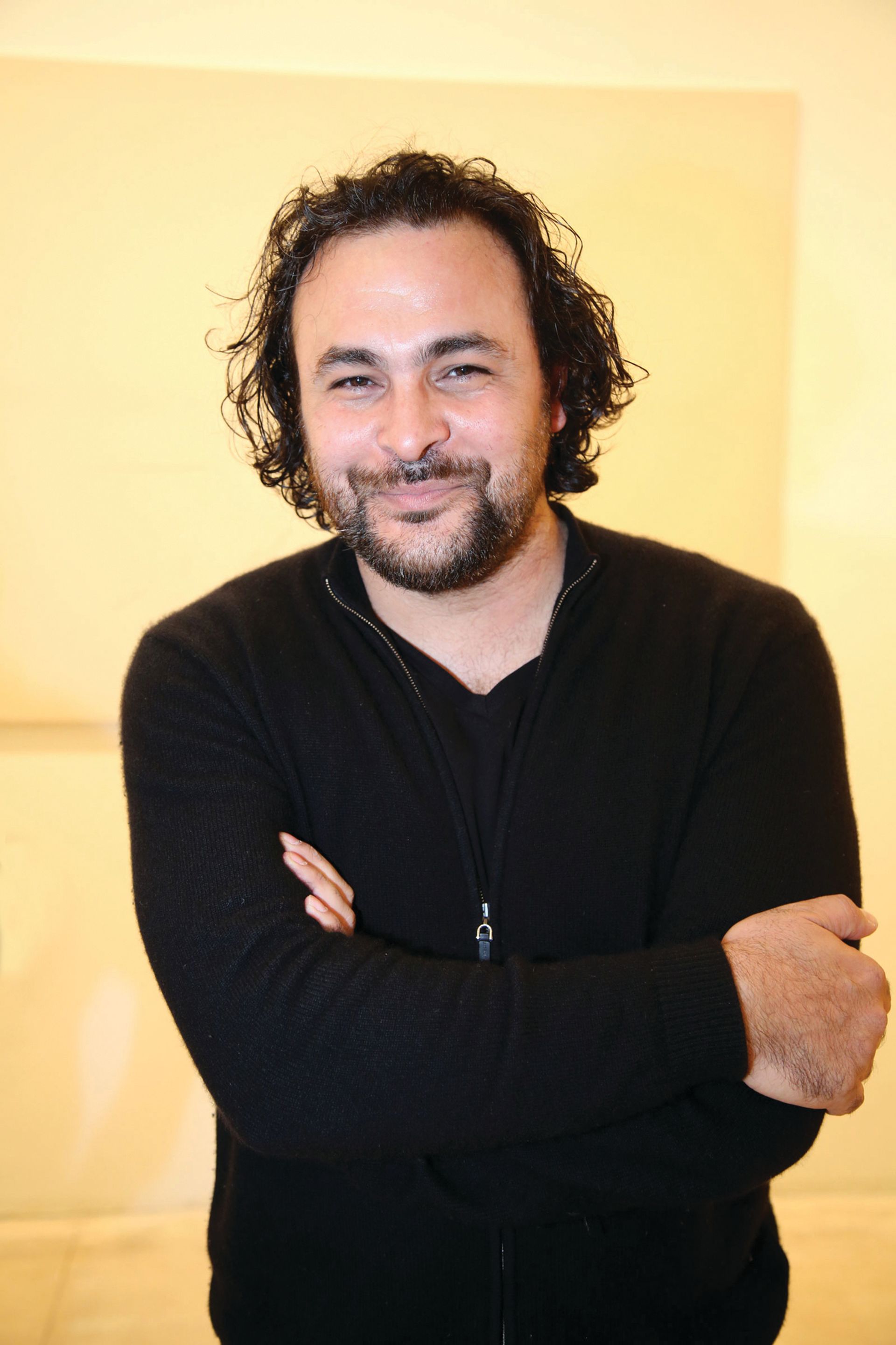
Kader Attia ARTIST
“It’s difficult as an artist to go beyond the freedom of Dada and Surrealism”
Dada started in the First World War, and I’m fascinated by how the relationship between art and war is very narrow, as is that between destruction and construction. I have developed for many years the complex concept of “repair” in my work and conceptually it is impossible to understand the notion of repair without the presence somewh ere, even hidden, of injury, the wound. So the relationship between Dada and the war makes complete sense. What strikes me about Dada is the incredible freedom of creation even when they produce what we could call nonsense. But it’s not nonsense, it’s a kind of “non-knowledge”, and in this way Dada is close to the relationship the modern Western mind had, and still has, with traditional tribal art, because so many objects and items and even stories are impossible to understand. It’s bizarre that such an avant-garde could have been possible and then we came back with such conservative minds. Today, everything has to fit into the frame of the institution or the market. It’s extremely difficult today as a contemporary artist to go beyond the incredible freedom of mind that Dada and Surrealist artists had. I’m convinced of the necessity, exactly as in Dada, of breaking the rules and the limits that the institution or the market encapsulates in your mind.
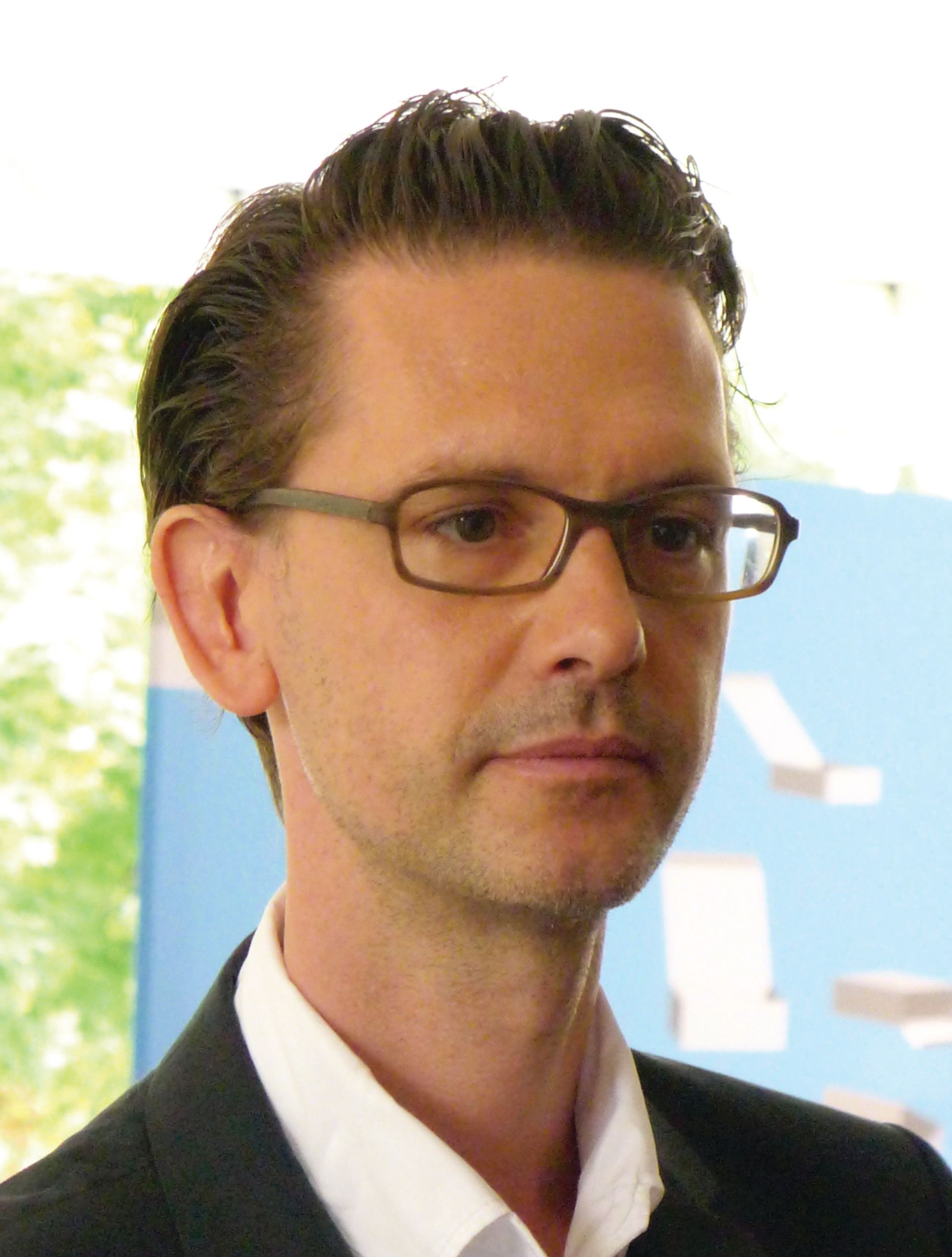
Juri Steiner CURATOR, DADA 100 ZURICH 2016
“Dada members were strategic: they realised the historical importance of what they did”
For me, it’s not a question of whether Lady Gaga is Dada or Thomas Hirschhorn is Dada. It’s not like a kind of marketing where if it’s written down on a label that something is Dada, then there’s Dada inside. A lot of things are Dada without the label. In our exhibition Dada Universal at the Swiss National Museum, we stop at punk; you can trace a genealogy from Dada to that point by passing through the Situationists. But afterwards it gets more difficult, because avant-gardes don’t exist in the same spirit, when they said that they were post-Dada or Neo-Dada, like Fluxus. Dada was a kaleidoscopic, heterogenous thing. People say the group would have hated to have had exhibitions in museums, but it’s not true. They made exhibitions in their own galleries. And Picabia, Arp and Taeuber were already being shown at the Kunsthaus in Zurich in 1919; Tzara hung Picabia’s paintings on the wall himself to be sure it was done properly—he was like an Dada impresario. In our exhibition we have the Dossier Dada by André Breton—in the 1920s, he had a press agency collect clippings on two words, Dada and Breton, which shows how strategically they were thinking; they realised the historical importance of what they did.
• Everything Is Dada, Yale Art Gallery, until 3 July 2016; Dadaglobe Reconstructed, Kunsthaus Zurich, until 1 May, and then Museum of Modern Art, New York, 12 June-18 September; Dada Universal, National Museum, Zurich, until 28 March; Performa will have a special Dada event in April, see performa-arts.org and RoseLee Goldberg will give a talk on Dada and Dance on 3 March; all events for Dada 100 Zurich 2016 are listed at dada100zuerich2016.ch

